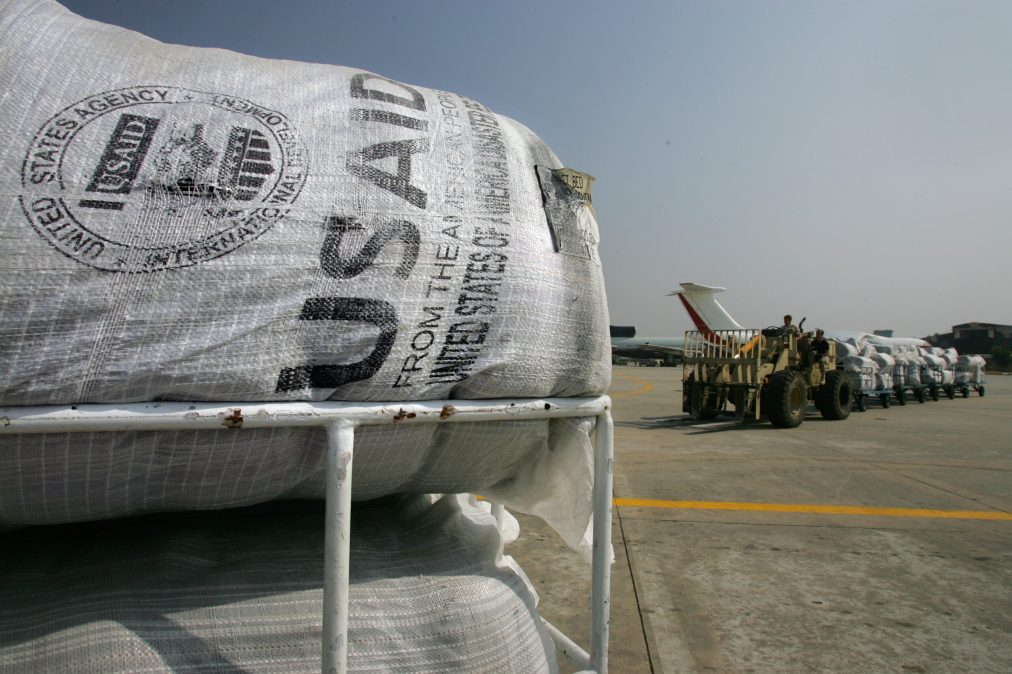USAID edges closer to shutdown, allows remote work for those still overseas

The U.S. Agency for International Development is taking its final steps toward shuttering, sending a memo last Thursday to bureau heads focused on recruiting workers on administrative leave to assist with final steps required to decommission the agency.
The memo states that the “default position” is that all staff are reporting to work — except those who have been requested and approved to go on administrative leave — and that USAID employees may be asked to work beyond their typical subject areas and to help with other projects. Those based in a bureau or independent office are supposed to have a space allotment, though managers are instructed to minimize the need for people to be shifted in and out of work.
Teams that do not have an onsite presence will need to return to the office for “closeout procedures,” the email adds. For workers based in the U.S., managers are asked to assign people to tasks with the goal of a “responsible drawdown.” For workers based abroad, the default work location is set to wherever these workers have been assigned, but telework is allowed if approved by an agency mission chief.
“Mission Directors will decide and communicate work status according to mission needs for accomplishing a safe and responsible drawdown,” the email states. “Managers should take care to ensure stability in staffing, minimizing the frequent swapping of staff in and out of roles or shifts; flexibilities for staff that need space to focus on their personal or professional health, as possible; and accountability by maintaining an office record of who is reporting in-person.”
The instructions continue: “As situations continue to develop in employee’s lives and within USAID, managers will also have the flexibility to move employees between administrative leave and active status. Care should again be taken to offer stability in staffing, adequate flexibilities, and accountability in these decisions. Employees should not be taken in and out of administrative leave status for overly short periods of time and managers should avoid recalling staff on short notice, as possible. Administrative leave should also not be seen as a substitute for annual leave, nor should staff be traveling out of the country under this status.”
According to the email, employees on optional paid administrative leave should continue to have access to their agency email accounts and monitor their government phones for updates. Employees are supposed to fill out GovTA, a timesheet and labor management platform operated by the U.S. Agriculture Department, on a biweekly basis.
An email sent to the Inclusive Growth, Partnerships and Innovation bureau stated that employees who participated in the downsizing would be allowed to complete work from home. The Ronald Reagan Building and the USAID Annex have already been closed down, one person who was impacted by the reduction-in-force explained, and there’s only limited space at another small USAID office the agency is still using.
That email also said that employees who no longer have access to the USAID network will have their timesheets completed for them.
Another person impacted by the reduction-in-force said that instructions for employees who report to USAID’s chief information officer have not gone out.
On April 1, USAID’s Office of the Chief Information Officer sent guidance to employees on returning government IT equipment. Staff were told they could retain and travel with government office equipment if they were executing a permanent change of station. They were also allowed to leave equipment at their current post upon leaving.
“The IT equipment will be remotely wiped and marked as disposed from USAID IT asset inventories on or around the employee RIF date, and the employee can then dispose of the assets,” the memo stated.






